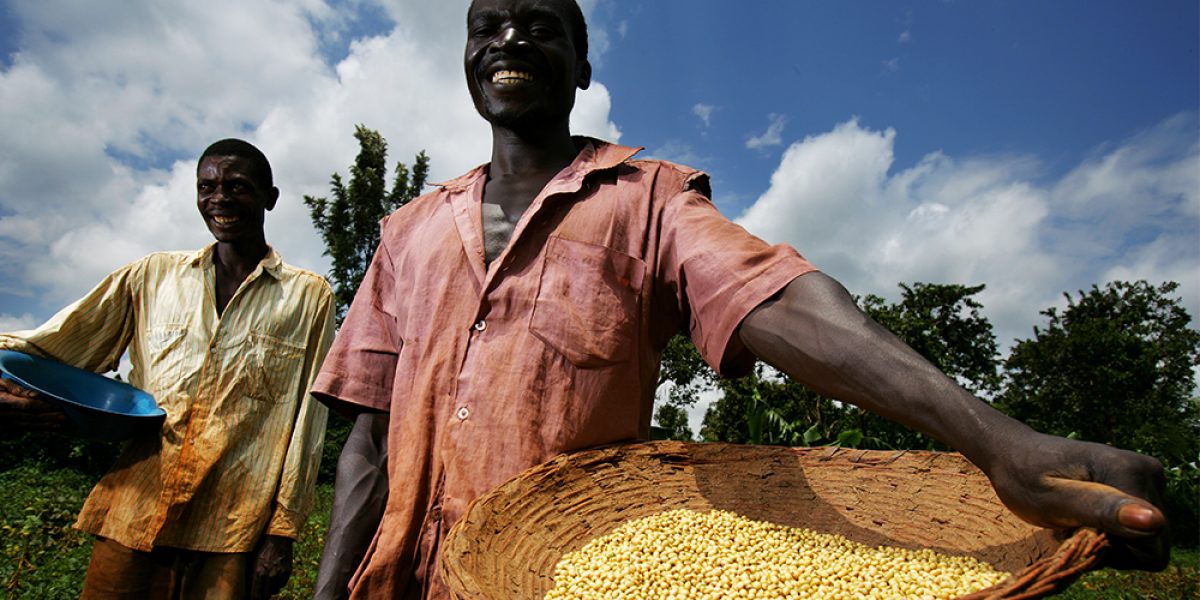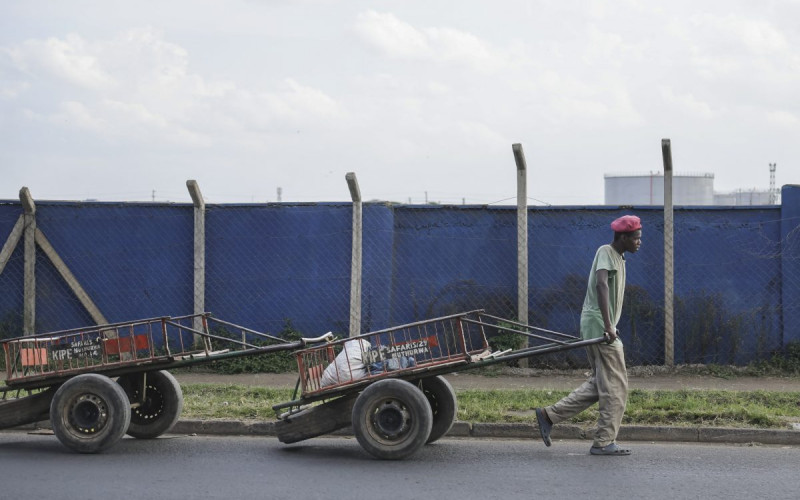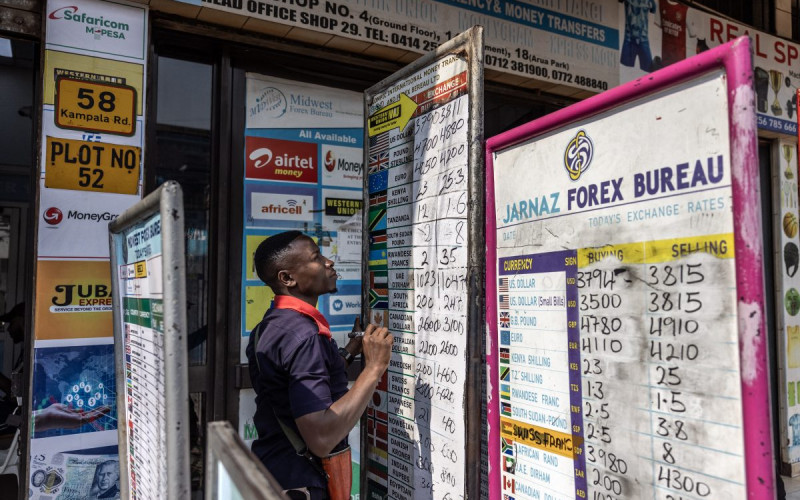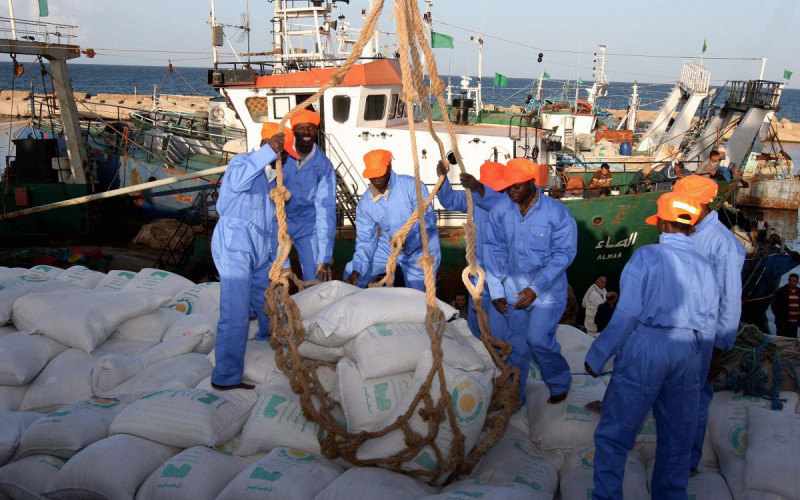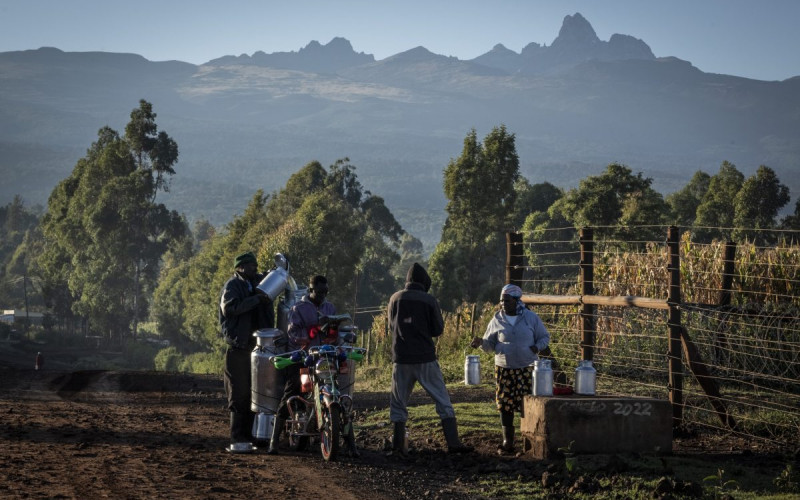It first gives a theoretical framework for value chain analysis and a general overview of the full soybean value chain in each of the case study countries. The production of soybean most significantly links to the processing of chicken feed and edible oil, which holds opportunities for greater value add. The paper then delves deeper into production and marketing challenges, highlighting various private, public and donor interventions to alleviate these constraints. It first focuses on three bottom-up approaches to improving market linkages: securing quality inputs, increasing production efficiency and improving market information. It then looks at top-down approaches that directly connect producers to markets by linking farmers to traders, input suppliers, processors or government buyers. It concludes with key findings from the case study countries in order to improve production and market linkages and emphasises that both top-down and bottom-up approaches are necessary to target value chain bottlenecks. It lastly explores opportunities for regional cooperation, targeting these issues through lesson sharing on interventions across countries.

